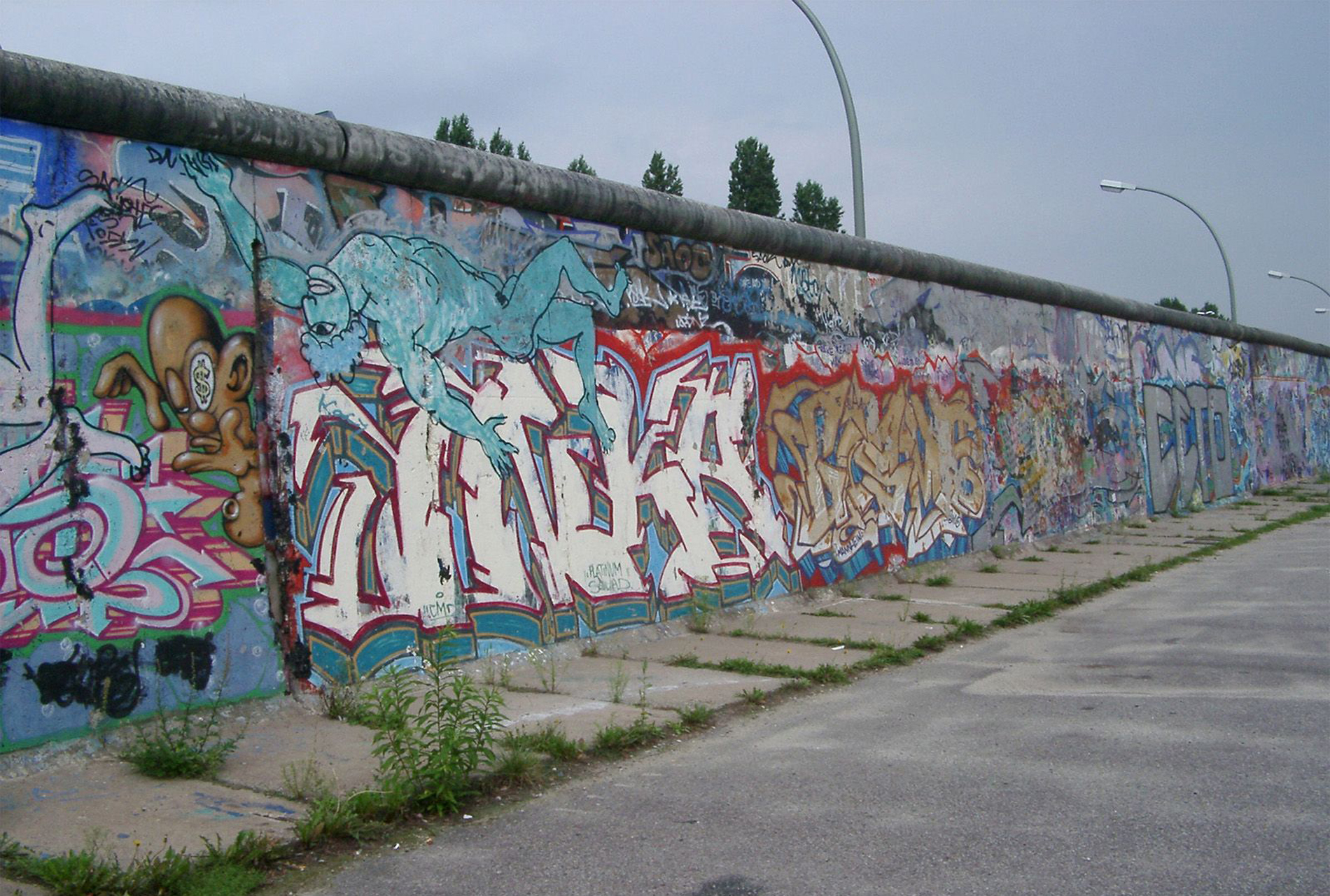

The Atomium was built as the main pavilion and icon of the 1958 Brussels World's Fair (Expo '58). In the 1950s, faith in scientific progress was great, and a structure depicting atoms was chosen to embody this. The Atomium's nine 18-metre-diameter (59 ft) stainless steel clad spheres depict nine iron atoms in the shape of the body-centred cubic unit cell that could for example represent iron (ferrite) crystal, magnified 165 billion times The construction of the Atomium was a technical feat. In January 1955, a first project was presented by the engineer André Waterkeyn, director of the economic department of Fabrimétal [fr], the Federation of Companies in the Metal Fabricating Industry (now known as Agoria). The architects André and Jean Polak were responsible for the architectural transposition of the concept, drawing up numerous sketches to do so. The company received assistance from consulting engineers Artémy S. Joukoff and André Beckers, assisted by the design office V. Daniel. The foundations were launched in March 1956 and the building, erected by the Jambes-Namur Construction Workshops, was completed less than a month before the inauguration of Expo '58.[2] Since opening, only six of the nine spheres are accessible to the public, the three of the central axis and the three lower ones,[2] each with two main floors and a lower floor reserved for service. Tubes of 3 metres (10 ft) diameter connect the spheres along the twelve edges of the cube and all eight vertices to the centre. The central tube contains the fastest elevator in Europe of the time with a speed of 5 m/s (20 ft/s),[2] installed by the Belgian branch of the Swiss firm Schlieren (subsequently taken over by Schindler). It allows 22 people to reach the summit in 23 seconds. The escalators installed in the oblique tubes are also among the longest in Europe. The biggest is 35 metres (100 ft) long. Three of the four top spheres lack vertical support and hence are not open to the public for safety reasons, although the sphere at the pinnacle is. The original design called for no supports; the structure was simply to rest on the spheres. However, wind tunnel tests proved that the structure would have toppled in an 80 km/h (50 mph) wind (140 km/h (90 mph) winds have been recorded in Belgium). Support columns were thus added to achieve enough resistance against overturning.[9] The Atomium, designed to last six months, was not destined to survive the 1958 World's Fair, but its popularity and success made it a major element of Brussels' landscape.[2] Its destruction was By the turn of the millennium, the state of the building had deteriorated and a comprehensive renovation was sorely needed. Renovation of the Atomium, carried by Belgian construction companies Jacques Delens and BESIX,[10] began in March 2004; it was closed to the public in October of that year, and remained closed until 18 February 2006. The renovation included replacing the faded aluminium sheets on the spheres with stainless steel, as well as building a new reception pavilion with a boomerang-shaped roof. At the foot of the building, the roundabout was redeveloped into a concrete esplanade lined with continuous benches and a large step leading to the north-east.[2] On 21 December 2005, the Atomium's new outdoor lighting was tested. The meridians of each sphere were covered with rectangular steel plates, in which LED lighting was integrated. The LED application illuminates the bulbs at night. The lights can also flash simultaneously or in turns at each meridian, symbolising the range of an electron around its core.[2] In addition, the German industrial designer Ingo Maure created lighting objects and installations for the interior of the building.[11] On 14 February 2006, the Atomium was officially reopened by then-Prince Philippe, and on 18 February 2006, it opened again to the public. The renovation cost €26 million. Brussels and the Atomium Association paid one-third of the costs, and the Belgian Government financed the other two thirds. To help finance the renovation, pieces of the old aluminium plates were sold to the public as souvenirs. One triangular piece about 2 metres (7 ft) long sold for €1,000.[12] In March 2006, a 2 euro commemorative coin depicting the building was issued to celebrate the renovation and reopening. Though the Atomium depicts an iron unit cell, the spheres were originally clad with aluminium. Following the 2004–2006 renovation, however, the aluminium was replaced with stainless steel, which is primarily iron.[2] Likewise, while the subject of Atomium was chosen to depict the enthusiasm of the Atomic Age, iron is not and cannot be used as fuel in nuclear reactions.
| 1 | Builder | : | Brussels, Belgium | ||
|---|---|---|---|---|---|
| 2 | Old | : | 65 years later old | ||
| 3 | construction | : | 1957 | ||
| 4 | Length | : | 102 metres (335 ft) tall./td> | ||
| 5 | Height | : | 102 m (335 ft) | ||
| 6 | Width | : | 148 feet (45 metres) |

The Berlin Wall (German: Berliner Mauer, pronounced [bɛʁˌliːnɐ ˈmaʊ̯ɐ] ( listen)) was a guarded concrete barrier that physically and ideologically divided Berlin from 1961 to 1989 as well as encircling and separating West Berlin from East German territory
Read More